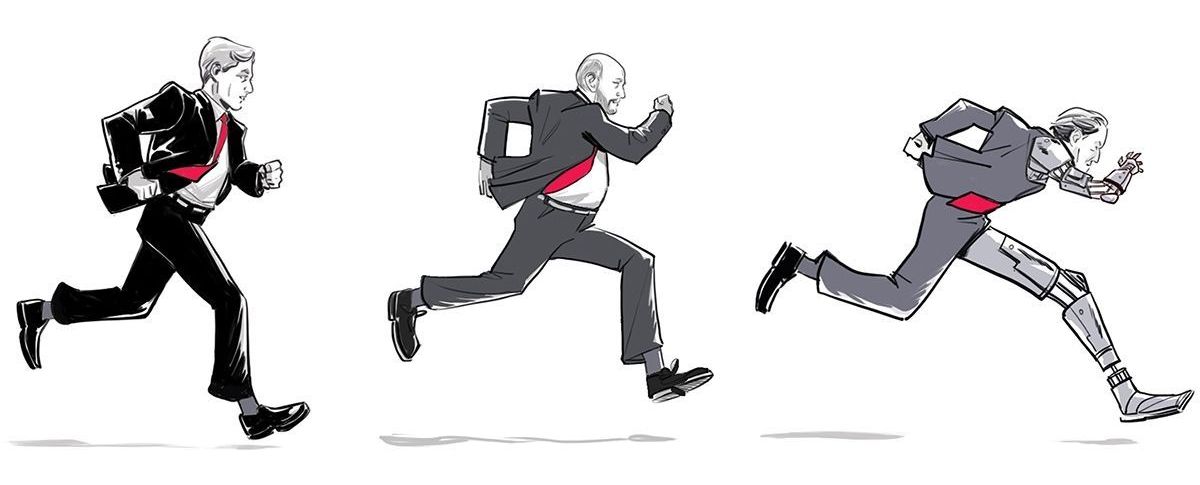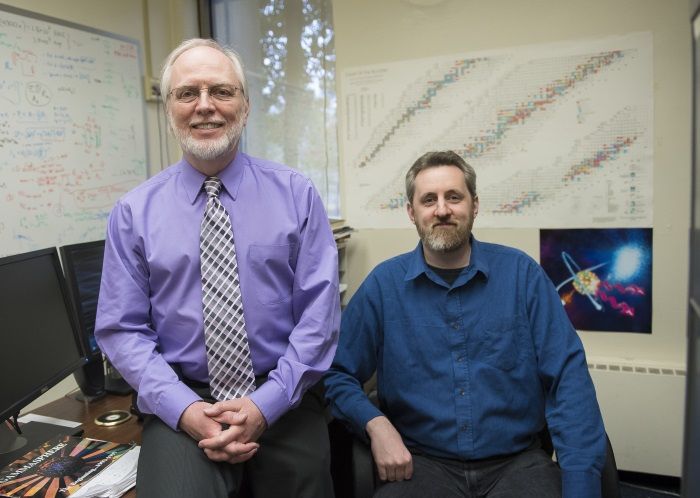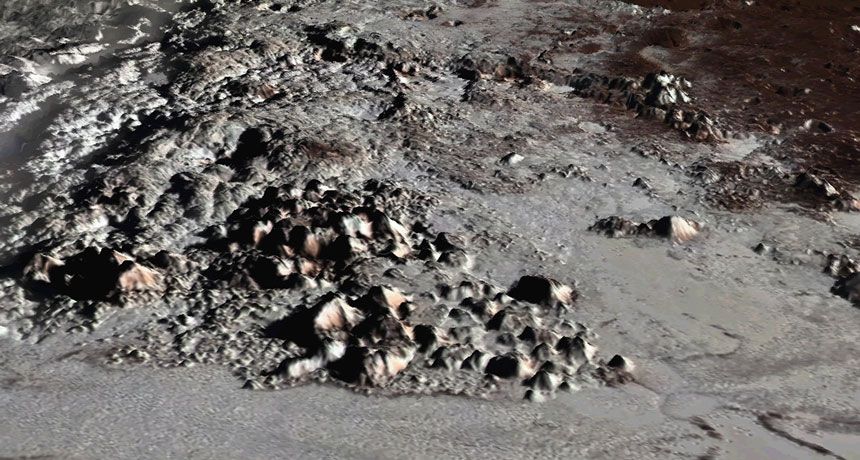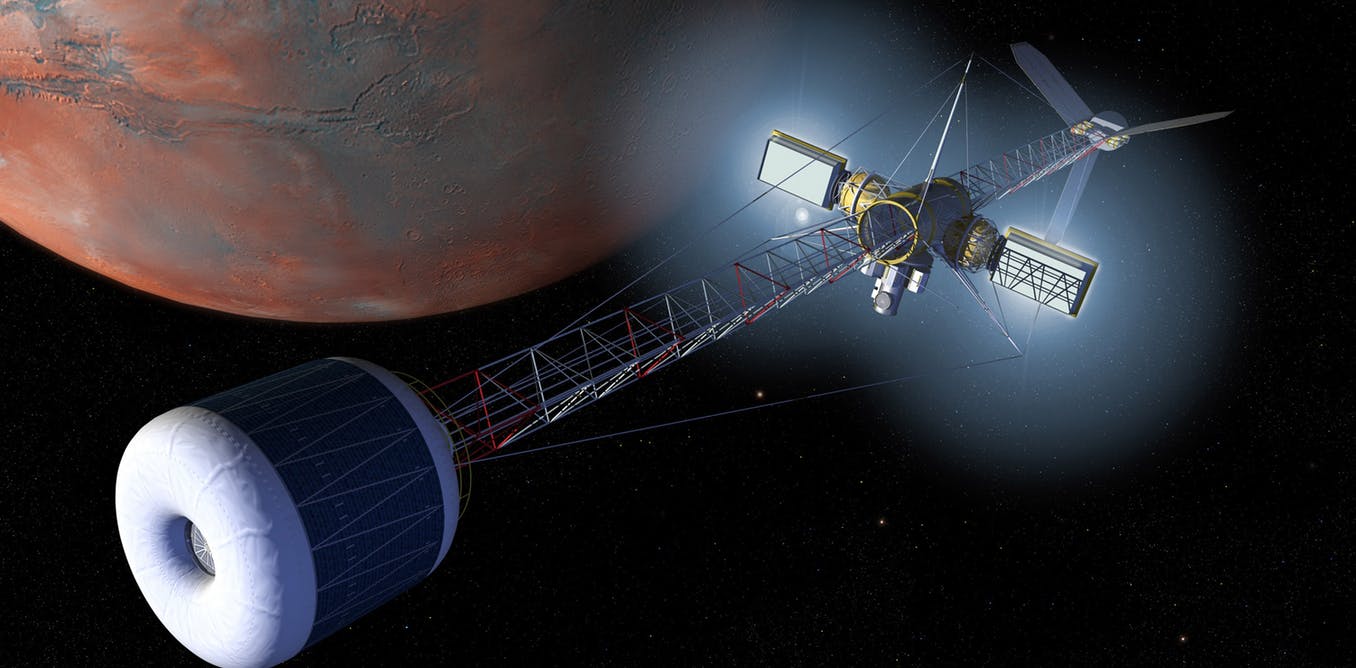Page 10015
Jul 14, 2018
Drug boosts immune system in elderly people
Posted by Bill Kemp in categories: biotech/medical, life extension
Drugs were created to block a protein called the mammalian target of rapamycin (mTOR) and it boosted the immune system by about 40% in elderly people.
They safely reducing infections in elderly volunteers around 40% by enhancing the immune system.
In 2004, tests that blocked a similar enzyme in fruit flies gave them a longer lifespan.
Continue reading “Drug boosts immune system in elderly people” »
Jul 14, 2018
Room temperature superconductivity evidence with graphene in contact with alkanes
Posted by Bill Kemp in category: materials
There are claims of synthesis of a room temperature superconductor. However, these claims have not been officially accepted by scientific communities. Currently, the highest transition temperature (Tc) recognized in scientific articles is 135 K at 1 atm of Hg-Ba-Ca-Cu-O system which is a copper oxide superconductor. We packed graphite flakes into a ring-shaped polytetrafluoroethylene (PTFE) tube and further injected heptane or octane. Then we generated circulating current in this ring tube by electromagnetic induction and showed that this circulating current continues to flow continuously at room temperature for 50 days. This experiment suggests that bringing alkane into contact with graphite may result in a material with zero resistance at room temperature.
Jul 14, 2018
Wall Street’s Big Banks Are Waging an All-Out Technological Arms Race
Posted by Derick Lee in category: finance
But constraints brought about by the financial crisis ended the leverage that had fueled the boom. Fixed-income traders felt the brunt of the changes, and in the years since, equities traders —especially those with a technology background—have enjoyed a renaissance. Their rise has touched off a battle for supremacy that’s come down to only three companies: Goldman Sachs, Morgan Stanley, and JPMorgan Chase. These rivals are now locked in a technological arms race to control a $58 billion-a-year industry. As they each jockey for an edge over the other, no one who trades on Wall Street is safe.
Dimon, Blankfein, Gorman: Three great rivals are battling to control the $58 billion-a-year equities industry.
Jul 13, 2018
Nuclear excitation by electron capture seen at long last
Posted by Klaus Baldauf in categories: innovation, nuclear energy
Jul 13, 2018
First global maps of Pluto and Charon show the worlds’ highs and lows
Posted by Genevieve Klien in category: space
New charts of Pluto and its moon Charon, compiled using New Horizons’ data, reveal high peaks, deep depressions and strange ridges.
Jul 13, 2018
Method of making oxygen from water in zero gravity raises hope for long-distance space travel
Posted by Genevieve Klien in categories: nanotechnology, space travel
In the new study, the researchers dropped the full experimental set up for photocatalysis down a 120m drop tower, creating an environment similar to microgravity. As objects accelerate towards Earth in free fall, the effect of gravity diminishes as forces exerted by gravity are cancelled out by equal and opposite forces due to the acceleration. This is opposite to the G forces experienced by astronauts and fighter pilots as they accelerate in their aircraft.
The researchers managed to show that it is indeed possible to split water in this environment. However, as water is split to create gas, bubbles form. Getting rid of bubbles from the catalyst material once formed is important – bubbles hinder the process of creating gas. On Earth, gravity makes the bubbles automatically float to the surface (the water near the surface is denser than the bubbles, which makes them buyonant) – freeing the space on the catalyst for the next bubble to be produced.
In zero gravity this is not possible and the bubble will remain on or near the catalyst. However, the scientists adjusted the shape of nanoscale features in the catalyst by creating pyramid-shaped zones where the bubble could easily disengage from the tip and float off into the medium.
Jul 13, 2018
Can We Measure Our Own Galaxy Speeding Through Space?
Posted by Genevieve Klien in categories: physics, space, transportation
You’re probably sitting still, right? Wrong, absolutely wrong. Not only are you on a spinning orb, but you’re also traveling around 70,000 miles per hour around a star, in a galaxy that, observations imply, is sailing through space at over a million miles per hour.
If the above numbers seem shocking, they shouldn’t be. The laws of physics look and feel the same for any object so long as it’s not accelerating, the way you can’t feel that a car is traveling at a steady 60 miles per hour unless you look out the window. But that also makes our galactic speed hard to measure from here on Earth. The million-plus mile per hour number is based on measurements of how the most distant objects in the Universe appear to move in comparison to us, but scientists want to try to measure our acceleration by looking at more nearby objects.
Jul 13, 2018
President Donald Trump assigned a task force to investigate cryptocurrency fraud
Posted by Michael Lance in categories: cryptocurrencies, cybercrime/malcode, finance, government
Cryptocurrency fraud and other kinds of cyber-fraud, too.
President Donald Trump has assigned an official task force to investigate the pervasive fraud within the cryptocurrency industry.
On Thursday, the president signed an executive order for a new task force within the Department of Justice with a mandate “to investigate and prosecute crimes of fraud committed against the U.S. Government or the American people, recover the proceeds of such crimes, and ensure just and effective punishment of those who perpetrate crimes of fraud.”

















